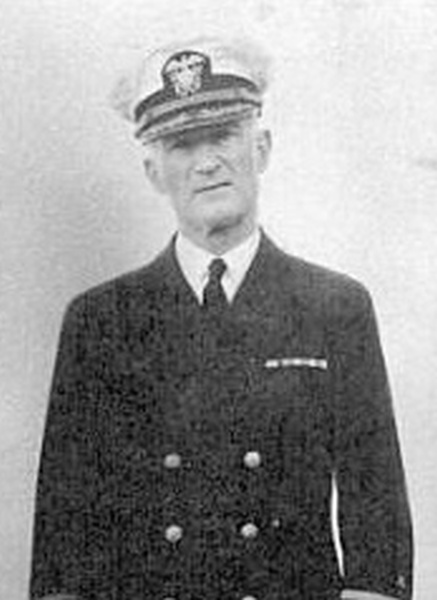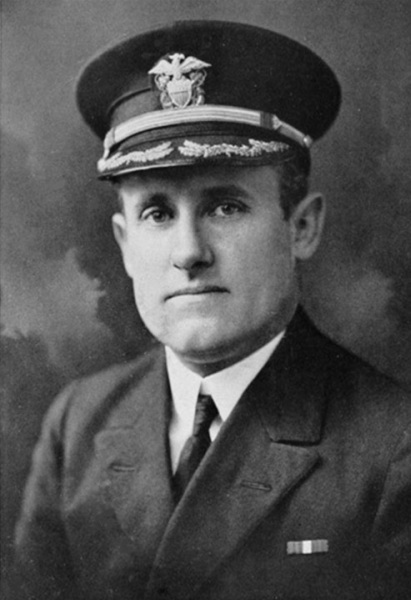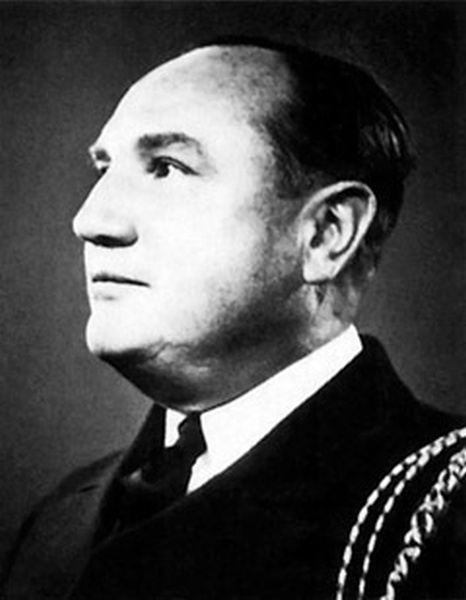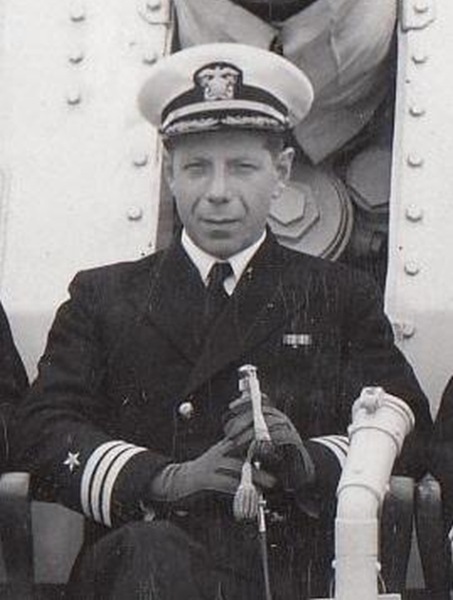
| WW2 and History Collection / Weapons and
Equipment / Ships / Country U / United States / USS Tulsa (PG 22) |
||||||||||||||||||||||||||||
| |
||||||||||||||||||||||||||||
| Updated: |
March 27th, 2016 |
|||||||||||||||||||||||||||
 |
United States of
America |
|||||||||||||||||||||||||||
| USS
Tulsa (PG 22) |
||||||||||||||||||||||||||||
|
 |
|||||||||||||||||||||||||||
| USS Tulsa, September 1st, 1938 |
||||||||||||||||||||||||||||
| The USS Tulsa, also nicknamed
"Galloping Ghost of the South China Coast", was an Asheville-class
Patrol Gunboat. The ship was in commission from 1923, until it was
renamed USS Tacloban in 1944. |
||||||||||||||||||||||||||||
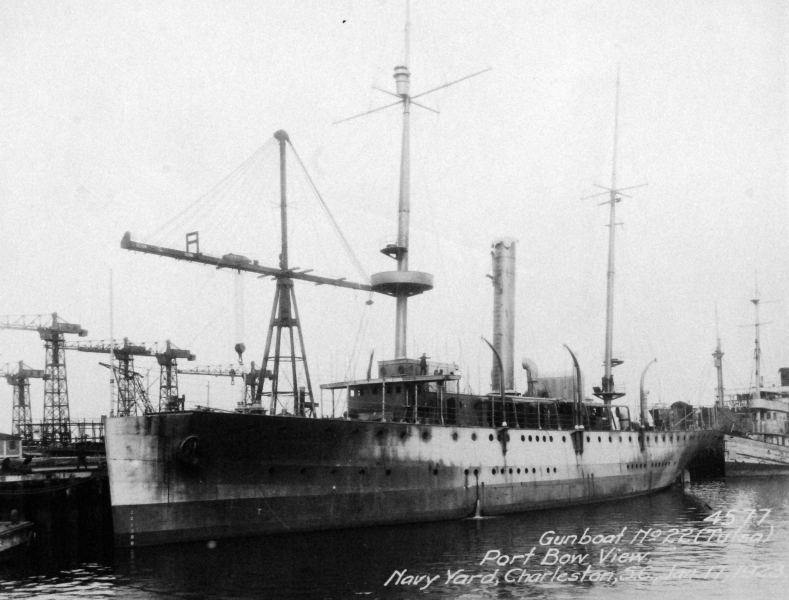 |
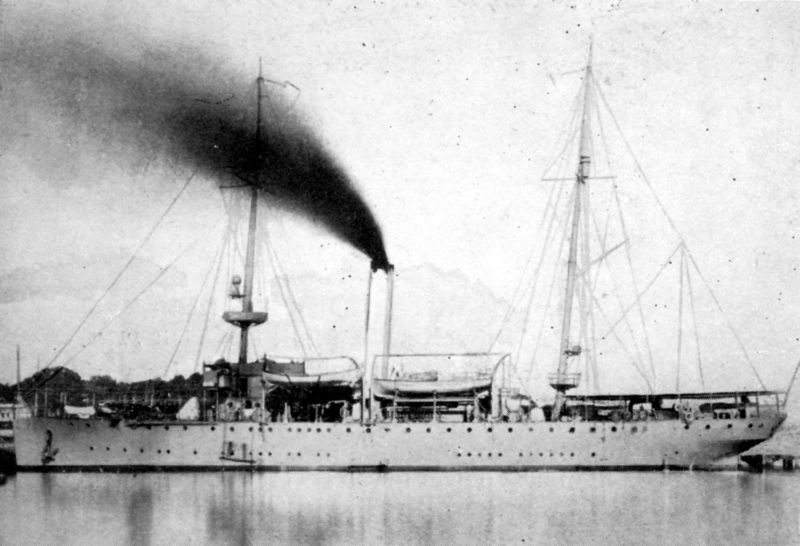
|
|||||||||||||||||||||||||||
| USS Tulsa, Charleston Navy Yard, 1923 |
USS Tulsa as she appeared in Jane's Fighting Ships edition 1924 |
|||||||||||||||||||||||||||
| History The USS Tulsa, also nicknamed "Galloping Ghost of the South CHina Coast", was an Asheville-class Patrol Gunboat. Named after the city of Tulsa, the ship was laid down on December 19th, 1919 at the Charleston Navy Yard. On December 3rd, 1923 the ship was commissioned under the command of Lieutenant Commander Robert M. Doyle Jr. On December 14th, 1923 command changed to Commander MacGillivray Milne. Doyle took up the function of the ships Executive Officer. The ships first voyage took her from January 19th, 1924 as part of the Special Service Squadron. In this duty, the ship took part in the civil strife in Nicaragua from August 1926 until December 1928. By the end of 1928, the ship was transferred to the Far East and saile to ther from San Francisco on January 25th, 1929. Here the ship became the flagship of the South China Patrol on April 1st, 1929. Here the crew witnessed the bombing of Guangzhou in May 1929 during the Chinese Civil War. In June 1929 the ship was relieved form her duties and sailed for Shanghai to become part of the Yangtze Patrol. Already in July 1929 the ship was relieved from her duties and headed to Tientsin as Station Ship. Here she served as a Mobile Information Source for the Commander in Chief, Asiatic Fleet (CINCAF). Later in the 1930's, the ship again took part in the South China Patrol, where the ship witnessed the outbreak of the Sino-Japanese War in July 1937. Due to the intensifying of the war, the ship was withdrawn towards the Philippines in May 1941, where she joined the Inshore Patrol. When Japanese forces attacked Cavite on December 10th, 1941, the Asiatic Fleet's base near Manila, the ship assisted in defending against fires and evecuating servicemen from the base. Later in the evening the ship sailed with a small force made up from USS Tulsa, USS Asheville (PG 21), USS Lark (AM 21) and USS Whippoorwill (AM 35) with the destination of Balikpapan, Borneo. From Balikpapan the ship sailed for Surabaya on Java and at the ending of 1941 sailed for Tjilatjap, where her crewmembers were trained for Jungle Warfare. It was planned to use the Tulsa's Marines as last-effort defence for Java. However before the men could be deployed, the ship was ordered to be fitted out for Convoy Escort Duty. After being fitted with depth charge equipment, USS Tulsa stared escorting merchantmen along the Southcoast of Java towards and from Tjiltjap. In February 1942, she was ordered to sail for search and rescue to the survivors of the sunken USS Langley (AV 3), which was sunk on February 26th, 1942. No survivors were found but not known to Tulsa was that the survivors were already picked up by other naval vessels. During these events the ship entered the scene where the British Merchant Ship s.s. City of Manchester was sunk. Here USS Whippoorwill (AM 35) was already picking up survivors and USS Tulsa assisted with het medical facilities on board. Both ships brought the survivors to Tjilatjap. On March 1st, 1942, USS Tulsa together with USS Asheville (PG 21), USS Lark (AM 21) and USS Isabel (PY 10) sailed from Tjilatjap towards Australia. During this event, USS Asheville lost track of the other ships and was sunk by Japanese Naval Ships. The three remaining ship reached Australia and thus were the last Asiatic Fleet ships to survive the Japanese invasion in the East Indies. During her stay in Australia, the ship was engaged in patrol activities along the Australian coast and sailed into Sydney in October 1942 for refitting. During the refit, USS Tulsa received British ASDIC installation, Degaussing Equipment, an Y-Gun and 20 mm Anti-Aircraft Autocannons. After her refit she reassumed patrol and comvoy-escort duties. By summer 1942, the ship was attached to the Submarine Forces, Southwest Pacific. Operating from Brisbane, the ship was used as a practice ship for submarine operations. Towards the end of 1942, USS Tulsa was assigned to escort PT-Boats during the Buna-Gona Offensives in New Guinea, operating from Milne Bay and from Brisbane. During her service with the PT-Boats, USS Tulsa also briefly served as flagship for the U.S. 7th Fleet. On January 8th, 1944, USS Tulsa left for Cape Cretin and served as flagship to Captain Bern C. Anderson, Commander, Task Unit 76.5.3 (TU 76.5.3). Towards the end of 1944, USS Tulsa returned to the Philippines, the area she had to leave in 1941. Here it was, that on December 18th, 1944, USS Tulsa was renamed to USS Tacloban. |
||||||||||||||||||||||||||||
 |
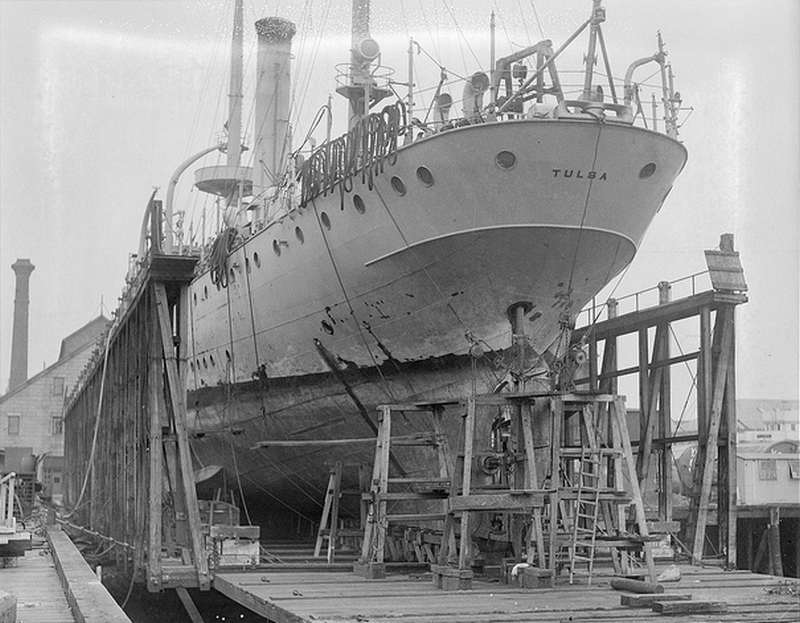 |
|||||||||||||||||||||||||||
| USS Tulsa, Charleston Navy Yard, around 1929 (Image: Leslie Jones) |
USS Tulsa in a drydock after her
service in Nicaragua, early 1929 (Image: Leslie Jones)
|
|||||||||||||||||||||||||||
|
|
||||||||||||||||||||||||||||
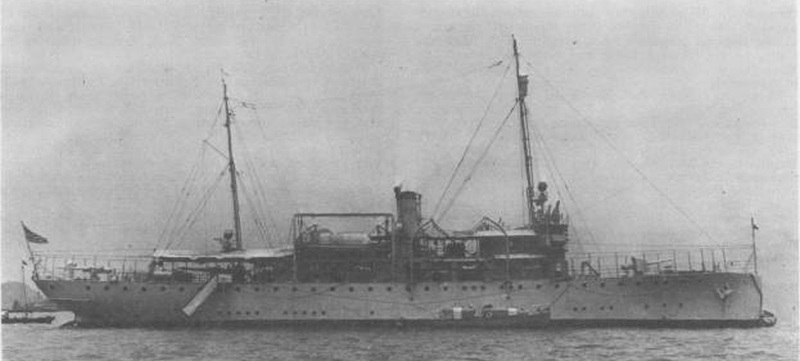
|
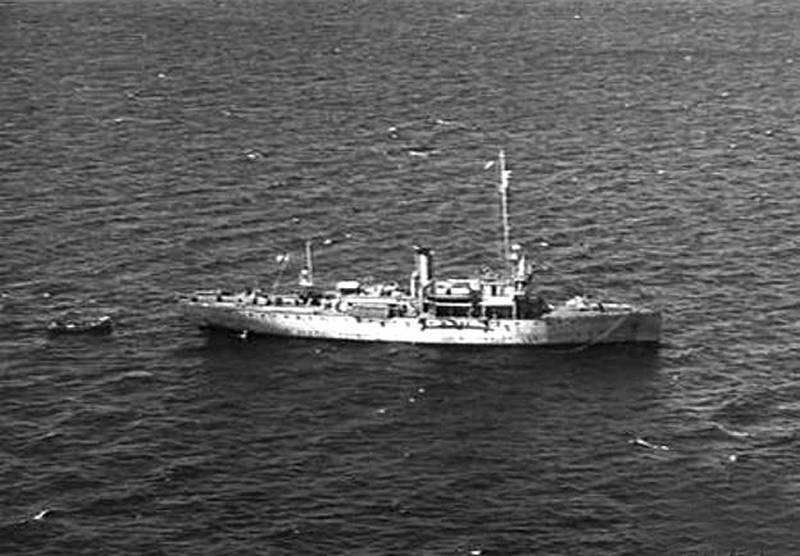 |
|||||||||||||||||||||||||||
| USS Tulsa, Hong Kong, April 1941 |
USS Tulsa, Australia 1942 (RAF Photo) |
|||||||||||||||||||||||||||
|
||||||||||||||||||||||||||||
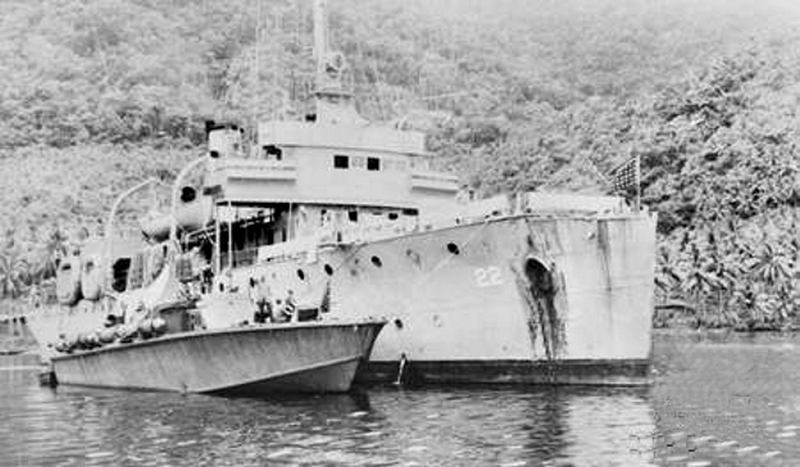 |
||||||||||||||||||||||||||||
| USS Tulsa as PT-Boat Escort Ship, Milne Bay February 1943 | ||||||||||||||||||||||||||||
|
||||||||||||||||||||||||||||
| Text:
Wilco Vermeer Images: Wilco Vermeer, unless stated otherwise) Sources: - USS Tulsa/Wikipedia (Retrieved, January 24th, 2015) - Naval Warfare (Retrieved, January 24th, 2015) - NavSourceOnline (Retrieved January 24th, 2015) |
||||||||||||||||||||||||||||
| © WW2 History Collection, Wilco Vermeer, 2015 |
contact | |||||||||||||||||||||||||||
